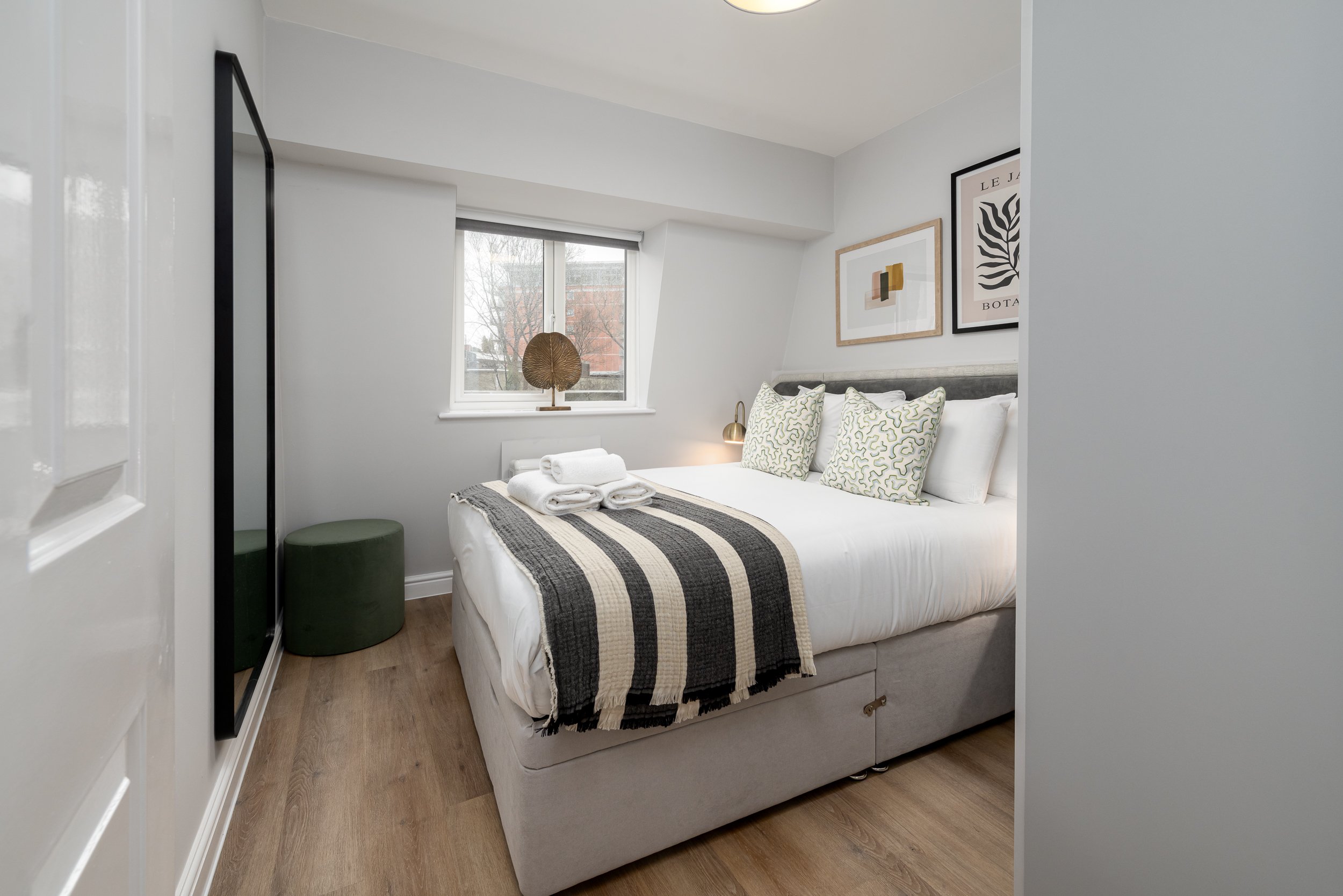Every day, the people of Bristol walk past hundreds of street names without giving them a second thought. Yet, have you ever wondered how these streets got their names? From royal connections to quirky historical figures, here’s a look at some of the intriguing stories behind the street names you might pass by every day in Bristol.
Battenburg Road, St George
Despite what it may sound like, Battenburg Road is not named after the delicious cake we all love with a cup of tea. The road is actually named after the Battenberg family, descendants of Prince Alexander of Hesse, though it was misspelled in the process.
Adelaide Place/Terrace, BS16
Named after Queen Adelaide (1792-1849), the wife of King William IV, this street has royal origins. Queen Adelaide, the only Georgian queen to outlive her husband, was immortalised in 1836 when South Australia was named in her honour. She even visited Blaise Castle in 1718, marking another piece of her legacy in Bristol.
Belland Drive, Whitchurch
A name that may raise a chuckle, Belland Drive is named after Belland Abbey in Yorkshire, which was connected to the second Abbot of St Augustine’s Abbey—now Bristol Cathedral.
Gingells Green, BS5
While many of Bristol’s street names have aristocratic roots, Gingells Green offers a much humbler story. This street honours George Gingell, a hay and straw salesman born in the 1880s, and later a butcher in Lawrence Hill. His family’s contributions to the city remain remembered today.
Bigwood Lane, St George
This street is likely named after a man named J Bigwood, a supplier of ice houses in the 1800s. A reminder of a time when such services were vital, this street carries a touch of local history.
Eastville’s Clay Bottom
A rather straightforward name, Eastville’s Clay Bottom is descriptive of the area’s location and its clay-based soil, as noted by historian Smith.
Purdy Court, BS16
Named after Victory Purdy, a local Methodist preacher born in 1747, Purdy Court honours a man known for his prolific ecclesiastical career. Known as “The Kingswood Collier” or the “Walking Bible,” Purdy preached nearly 3,000 sermons, composed hundreds of hymns, and travelled almost 23,000 miles on foot.
Cock Road, Kingswood
With a name that often brings a smirk, Cock Road in South Gloucestershire is derived from the practice of trapping forest birds by driving them into nets set across paths. A bit of a cheeky name, but deeply rooted in local history.
Morris Road, BS7
This road honours William Morris (1834-1896), the founder of the British Arts and Crafts Movement. Known for his wallpaper and textile designs, Morris was also a poet, writer, and socialist activist who revolutionised the cultural landscape of Victorian Britain.
Clive Road, BS14
Clive Road reflects Britain’s colonial past, named after Robert Clive (1725-1774), a key figure in establishing British control over India. His legacy remains controversial, as his actions played a role in the colonial history of the British Empire.
Johnny Ball Lane, Near Bristol Children’s Hospital
Not related to the famous children’s TV presenter, Johnny Ball Lane was originally known as Bartholomew’s Lane. It likely derives from John a Ball, who once owned property near the Franciscan Friary that stood in Lewins Mead.
Vincent Close, BS11
Vincent Close is named after St. Vincent, a Spanish saint who was martyred in 305 AD for refusing to worship Roman gods. The street name reflects his connection to Bristol, where an ancient chapel dedicated to St. Vincent once stood on St. Vincent’s Rocks, overlooking the Avon Gorge.
Dangerfield Avenue, Bishopsworth
Dangerfield Avenue has a slightly more straightforward origin, as it was once a field named “Danger Field” in a 1974 survey, which belonged to Home Farm in the Manor of Long Ashton.
Winkworth Place, BS2
One of the few streets in Bristol to celebrate local women, Winkworth Place honours Catherine and Susanna Winkworth. Catherine was a strong advocate for women’s education, and Susanna worked to improve the housing conditions of the poor in Clifton. Together, they made lasting social reforms in Bristol.
Aiken Street, BS5
Named after Peter Freeland Aiken, a factory owner and the first proprietor of the Great Western Cotton Mill, Aiken Street has its roots in industrial history. The mill, founded in 1838, became a vital part of the community until its closure in 1925.
There and Back Again Lane, Clifton
A whimsical name, There and Back Again Lane may have been inspired by J.R.R. Tolkien’s The Hobbit. It was part of Park Street that was severely damaged during the Blitz and needed substantial regeneration.
Edgcumbe Road, BS6
Named after the Earl of Mount Edgcumbe, a title granted in 1789, Edgcumbe Road reflects the aristocratic history of the area. Unfortunately, George Edgcumbe, the first to hold the title, passed away shortly after receiving it in 1795.
…and there you have it. Next time you’re walking around Bristol you might notice a few of these! You never know, they might come in handy at a pub quiz!
Published: 17.03.25 by Phoebe Clutton

